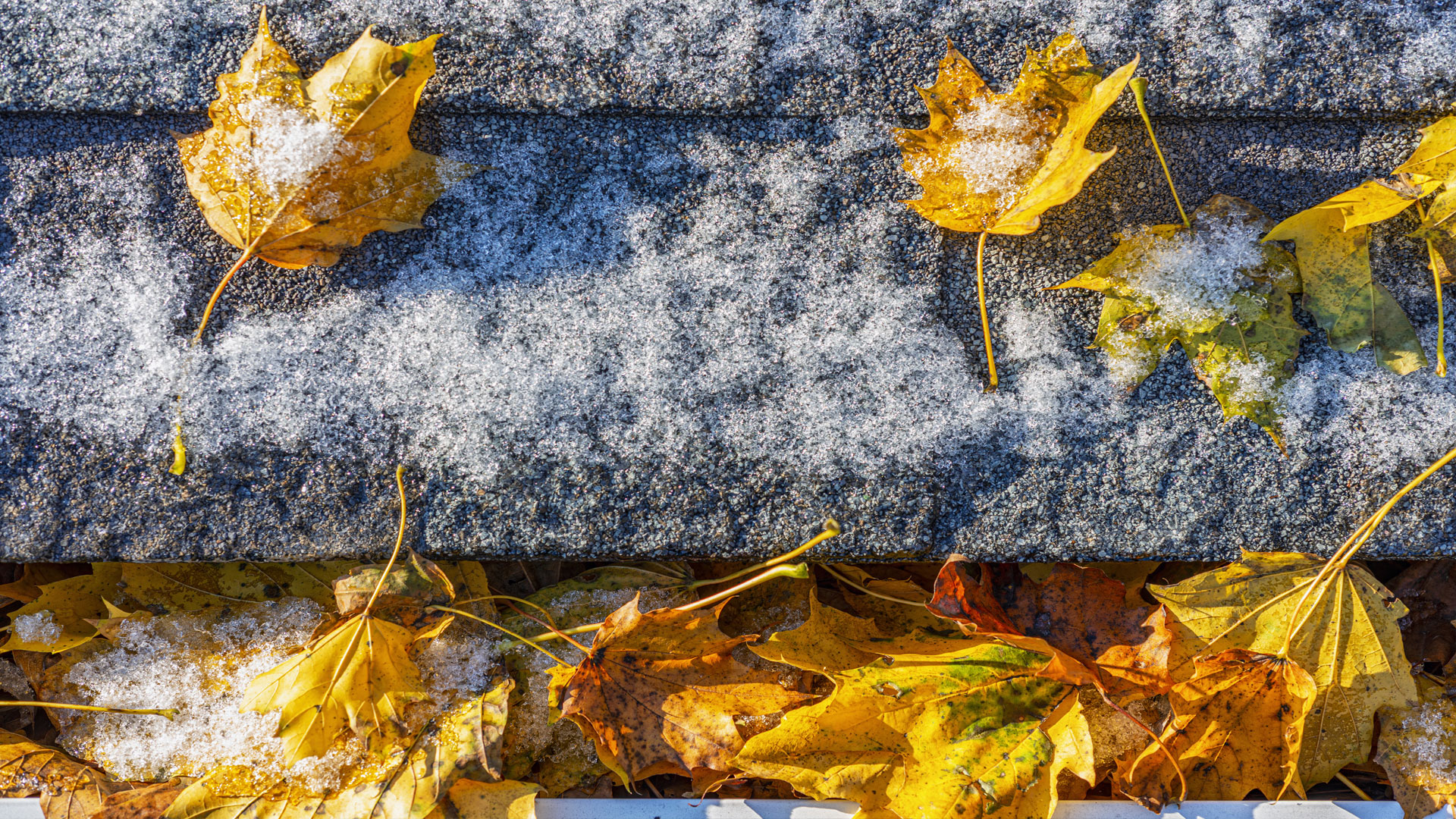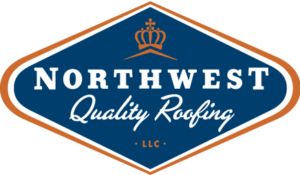Proper roof care before winter is essential to prevent potential damage from snow, ice, and cold weather. Here are steps you can take to prepare your roof for winter:
1. Inspect the Roof
- Check for Damage: Look for cracked, missing, or loose shingles. Replace damaged shingles to prevent leaks.
- Examine Flashing: Ensure that the flashing around chimneys, vents, and skylights is in good condition. Flashing seals these joints and can prevent water infiltration.
- Look for Leaks: Inspect your attic for any signs of water stains, mold, or mildew, which can indicate a leak.
2. Clean the Gutters
- Remove Debris: Clear leaves, sticks, and other debris from gutters to ensure proper drainage. Clogged gutters can cause ice dams, which may lead to water damage.
- Check Downspouts: Make sure downspouts are clear and direct water away from the foundation of your home.
3. Trim Overhanging Branches
- Prevent Debris: Trimming back branches can reduce the amount of leaves and twigs that fall on your roof, reducing the likelihood of clogged gutters.
- Prevent Damage: Overhanging branches can break under heavy snow or ice, potentially damaging the roof.
4. Check for Proper Ventilation
- Inspect Attic Ventilation: Proper attic ventilation prevents moisture buildup and reduces the risk of ice dams. Ensure vents are not blocked by insulation or debris.
5. Insulate the Attic
- Add Insulation: Adequate insulation in your attic helps regulate temperature and prevents heat from escaping, reducing the likelihood of ice dams forming on your roof.
6. Repair Any Existing Leaks
- Fix Leaks Promptly: If you notice any leaks or signs of water damage, repair them immediately before snow and ice accumulate.
7. Consider Installing Snow Guards
- Snow Guards or Heating Cables: In areas prone to heavy snow, snow guards can help prevent snow from sliding off the roof, while heating cables can prevent ice dams from forming.
8. Schedule a Professional Inspection
- Hire a Roofer: A professional can identify any issues that may be difficult for you to spot and ensure the roof is in good shape to handle winter weather.
9. Clean Moss and Algae
- Remove Growth: Moss or algae can retain moisture, leading to roof damage. Use a moss-killing solution or hire a professional to clean it.
10. Check for Pests
- Inspect for Animals: Ensure there are no signs of animals trying to nest or burrow in your roof or attic, as they can cause structural damage.
Taking these preventive measures will help protect your roof from winter weather and extend its lifespan.



